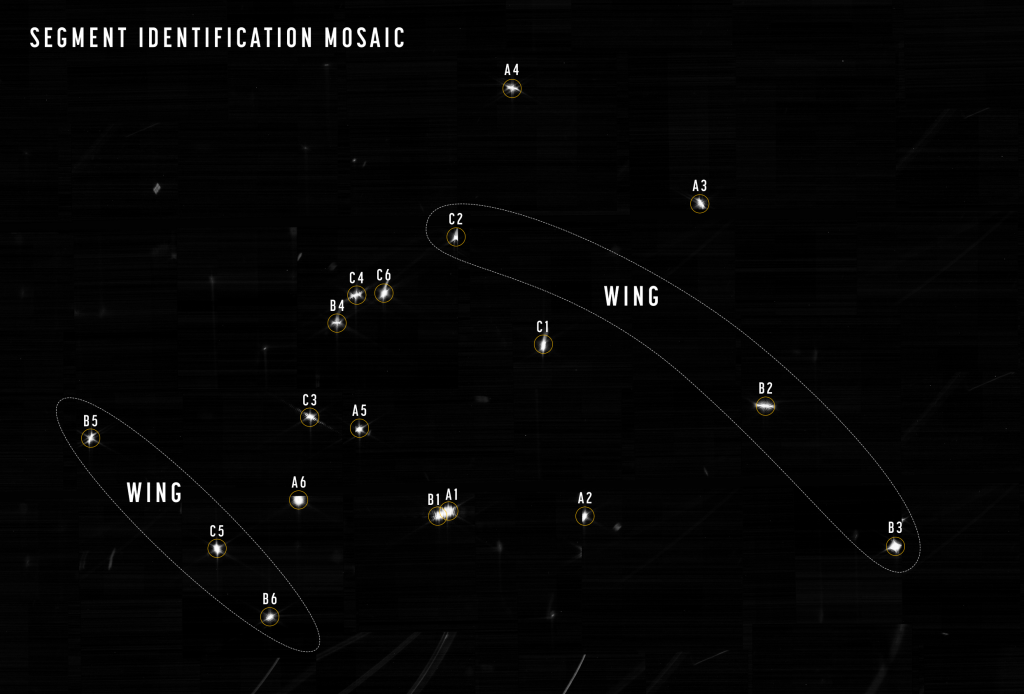Bright Ideas — James Webb Telescope Sees First Star, NASA Warns Space X Sats Could Cause Collisions

By Abby Proch, former editor

Scheduling a COVID-19 test – or scrounging for an at-home version — and then waiting for results can be painstaking. A research team with Nanyang Technological University in Singapore says it may have another option: a breath analyzer than can yield results in as little as five minutes. Used in a clinical setting, the handheld device pairs with a portable Raman spectrometer to distinguish the presence of COVID-19 with 95% accuracy, according to a report published by Optica. The breathalyzer does not rely on the RT-PCR or antigen test methods but instead measures the concentration of volatile organic compounds (VOCs) in a person’s breath that reportedly increase due to “immune responses and metabolic changes wrought by the SARS-CoV-2 virus.”
In another diagnostic breakthrough, researchers at Arizona State University's Biodesign Institute and School of Electrical, Computer & Energy Engineering claim their Nano2RED process can detect both COVID-19 and the Ebola virus, reports The Science Times. Nano2RED reportedly offers a quick deployment, low cost, improved usability, and sensitivity nearly 10 times that of conventional and widely used ELISA (enzyme-linked immunosorbent assay) lab testing. Nano2RED test results are “detectable as a color change in the specimen solution, and record the data by means of inexpensive semiconductor elements like photodetectors and LEDs,” according to the report.

NASA confirms first images from the James Webb Space Telescope are vital in helping to align the telescope’s 18 mirrors. Over the course of 25 hours, the telescope’s wavefront sensor and key imager, Near Infrared Camera (NIRCam), successfully captured images of one star within Ursa Major. In the ensuing months, the James Webb team will methodically adjust each of the mirror segments so that the 18 images of the star converge to form just one star. Interestingly, NIRCam is operating above ideal temperatures and so its first images do include some unintended “visual artifacts.” Over time, and with of its sunshade, the telescope will passively cool down until its mirror reaches 50 kelvins (or about -370 Fahrenheit) and NIRCam settles around 40 kelvins (-388 Fahrenheit).
In other NASA news, the national space agency submitted a letter to the FCC on Feb. 8, asking the entity to better police Space X’s Starlink Generation 2 presence within LEO to avoid disturbances to — even collisions with — its human and science spaceflight missions, according to Space News. “NASA recommends SpaceX generate analysis demonstrating the auto-maneuver capability is sufficiently scalable to the entire proposed constellation size, including inter-constellation conjunctions, while accounting for challenges in flying lower altitudes during greater solar activity,” said the letter.
NASA also expressed concerned that, even if Space X can back up its auto-maneuverability procedures and scale them to the full constellation size, the same may not be true for other entities operating in LEO. The letter contends that current parameters just ask all the “autonomous constellations to maneuver out of each other’s way without clearly defined rules of the road for such interactions,” according to the complaint.
Finally, Optica Foundation announced its Optica Women Scholars program recently, proving $10,000 to 20 women in pursuit of greater “visibility, community, and resources” for women in the field. The society foundation also plans to provide additional professional development opportunities including membership and mentorship. By 2030, the foundation hopes to award 200 scholarships. Supporters of the wo-year $2 million scholarship program include II-VI, Corning, Google, Meta Platforms, Innolight Technology USA, Intel, NeoPhotonics, Source Photonics, and individual contributors.
